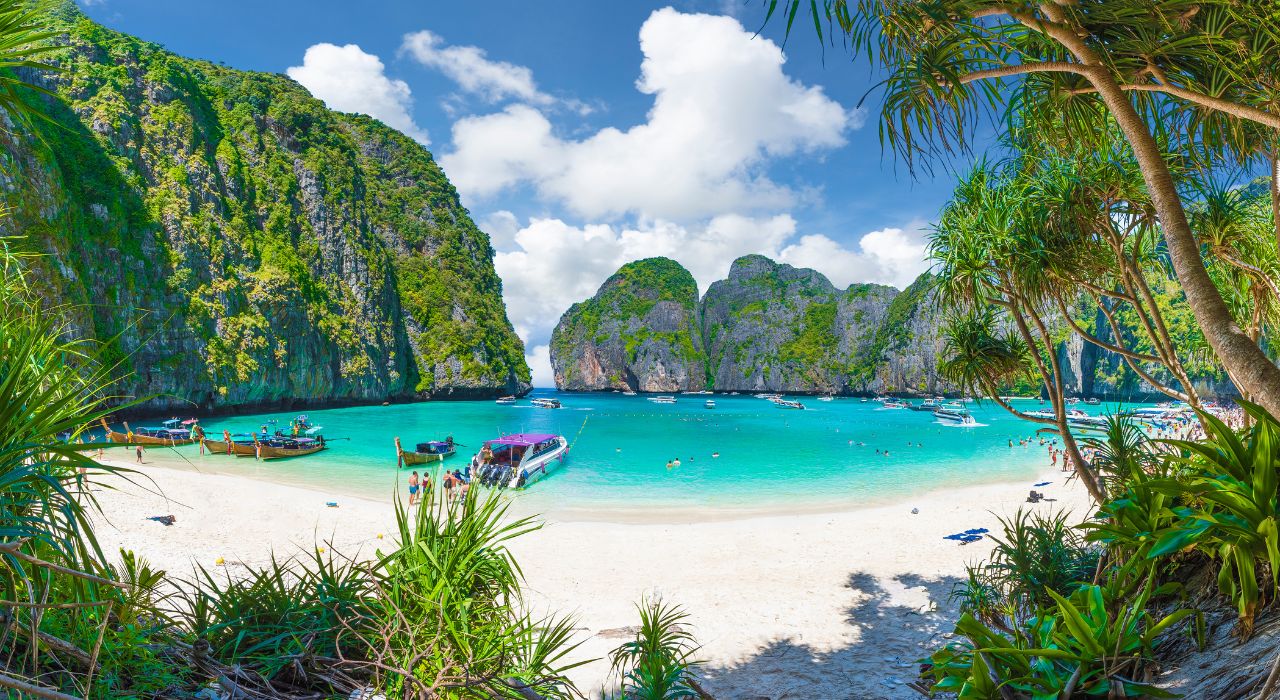
BEACHES OF LAGOS
Lagos is a picturesque city on the seashore, located around a beautiful harbor. Around it lie dunes, caves carved by the sea into the rocks and piers for pleasure boats. All this attracts travelers and makes Lagos one of the most popular routes. What attracts Lagos, first of all, is its amazing nature. On Cape Ponta da Piedade, in the rocks, there is a whole series of very picturesque caves.
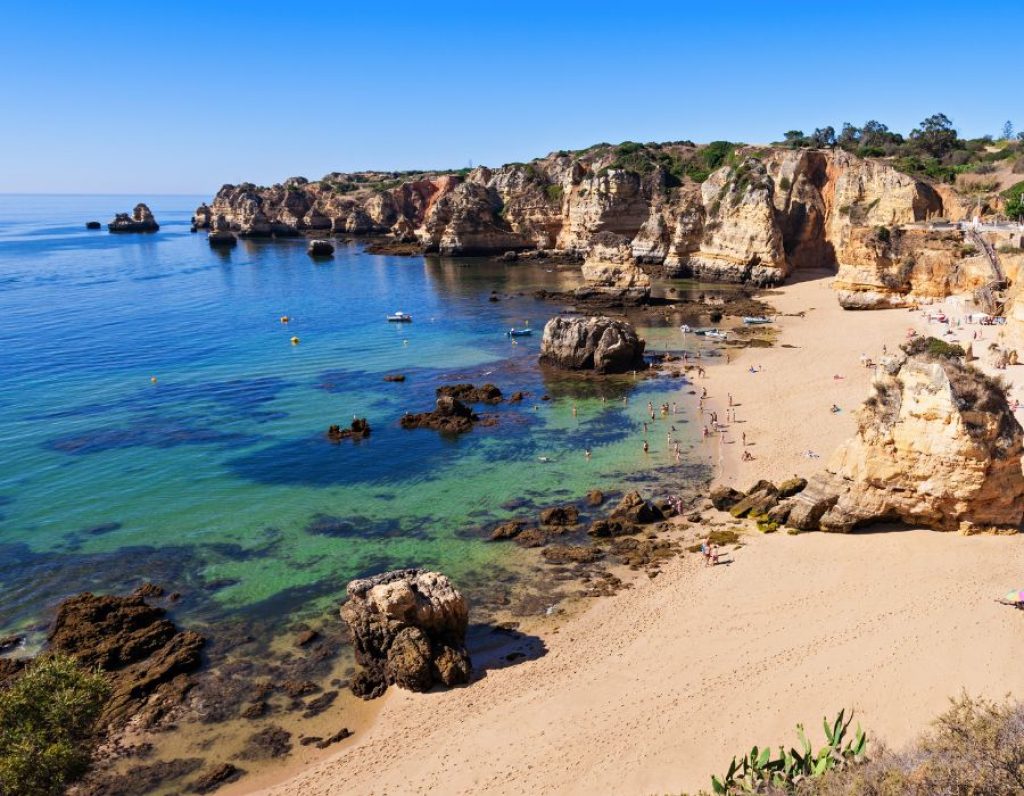
You can get here in two ways – both by road and by sea. The most picturesque beach is Praia de Dona Ana, located about half an hour’s walk from the city center. On another beach – Praia do Camilo, which is a little further away, there are a few vacationers. To the east of Lagos, Meia Proia stretches for 4 km. You can get here from the city center by bus. And just 10 km north of the city, there is a large reservoir, the Bravura Dam. It is very quiet and cozy here, and there are beautiful views. History buffs will also not be left idle. Although many of Lagos’s monuments were badly damaged in the 1755 earthquake, the city still has many historical sites worth visiting, such as several churches from the 14th and 15th centuries, which were restored in subsequent centuries.
LAVIANI ATOLL
It is located 120 km north of the capital of the Maldives. It consists of 63 islands. Most of the islands are concentrated around a 30 km barrier reef. The islands included in this atoll are considered tiny even by Maldivian standards. Lhaviani is, without a doubt, one of the most scenic dive sites in the Maldives archipelago. The local reefs are teeming with a variety of tropical fish, millions of glass fish, schools of imperial angelfish, as well as large nurse sharks and moray eels. And in coastal waters, you can find two crayfish, which, over a long period, have become noticeably overgrown with corals.
To the west of Kuredu Island, there is a fairly long sand spit. At sunset, it is pleasant to walk along it, and one of the local entertainments is chasing luminous particles of plankton with your bare feet. There are nine golf courses on Kuredu Island, and you will not find this anywhere else in the Maldives. There are few residents here, so, for romantics, secluded tents are set up here for a day or two. On the islands of the atoll, you can buy original jewelry made from corals and pearls.
SOUTH MALE
This is 36 km long and 19 km wide. The atoll consists of 30 islands. Of these, people inhabit three islands, ten are uninhabited, and 17 islands have hotels. Speedboats can usually reach resorts. And if you are going to one of the nearby islands, you can use a motorboat. There are two marine reserves near South Male: Emboodhu Kandu and Guraidhoo Kandu. These places attract divers from all over the world.
Among the places convenient for diving, the drop-shaped Kandooma Thila Reef should be highlighted. To the north and west, it consists of interesting caves and ledges, and its western part is home to countless species of marine animals. The second place is the Emboohoo Canyon, formed by a huge coral block breaking off from the reef. At Guraidhoo Corner, you can find schools of tuna and barracuda, as well as eagle rays, gray sharks and white-finned sharks. A little north of Himmafushi Island, you can also go diving. HP Reef on the south side of the Girifushi Islands, a national nature reserve, is home to magnificent soft corals, stingrays, barracudas, schools of tuna, and even manta rays that come to feed.
BERUWELA BEACH
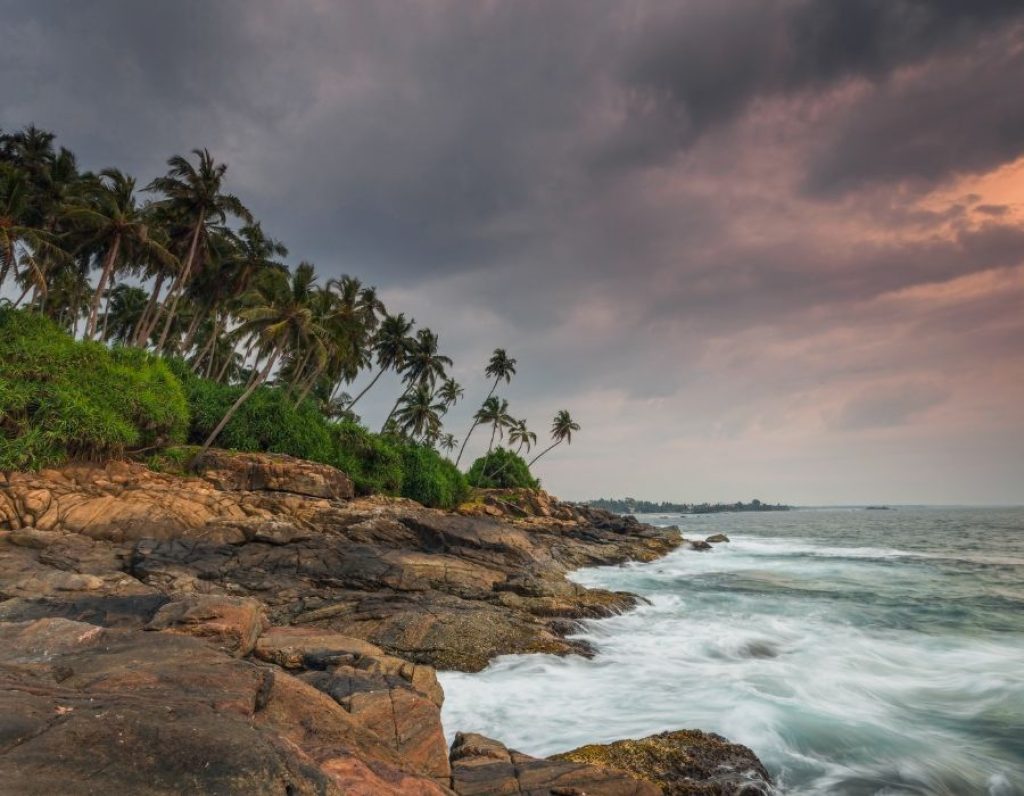
Beruwela is a golden canvas of sandy beaches fringed by coconut palms, crystal clear sapphire water, remains of sunken ships, pristine coral reefs with colorful tropical fish, an excellent diving center, colorful markets, golf, tennis, yachts, boats, scooters and 24-hour breezes. The latter makes swimming in the bay possible all year round. Beruwela harmoniously combines the characteristics of a fishing village (spotlessly clean beaches, tranquility, and positivity) and a rapidly developing resort (developed infrastructure, luxury hotels, cafes, restaurants and bars). The first mentions of Beruwela date back to the 8th century and are associated with the settlements of Arab merchants here. The city has the oldest mosque, Kechimalai. At the end of the month-long fast of Ramadan, thousands of pilgrims come here to visit the grave of Sheikh Asharent.
NORTH MALE
This is the central atoll in the Maldives archipelago, on which the capital of the Republic of Maldives, the city of Male, is located. The dimensions of the atoll are 69 km in length and 39 km in width. The atoll includes 50 relatively large islands, as well as several smaller islets. Here, you will find snow-white beaches, turquoise lagoons and a very cozy atmosphere. This island in the Maldives archipelago is the busiest and most popular. In addition, this is the only settlement in relation to which the term “city” can be used.
Naturally, in the capital, there are all the elements characteristic of an eastern city: mosques, a market, a large number of souvenir shops, small cafes with exotic dishes, etc. There are no tall buildings in the city, and the number of bicycles and cars is small. It is almost impossible to get lost in Male because all the streets open onto three major roads. There are many hotels on the island, and each one has pleasure boats on which those who wish can go on a cruise around the archipelago for several days.
NALAGURADU ISLAND
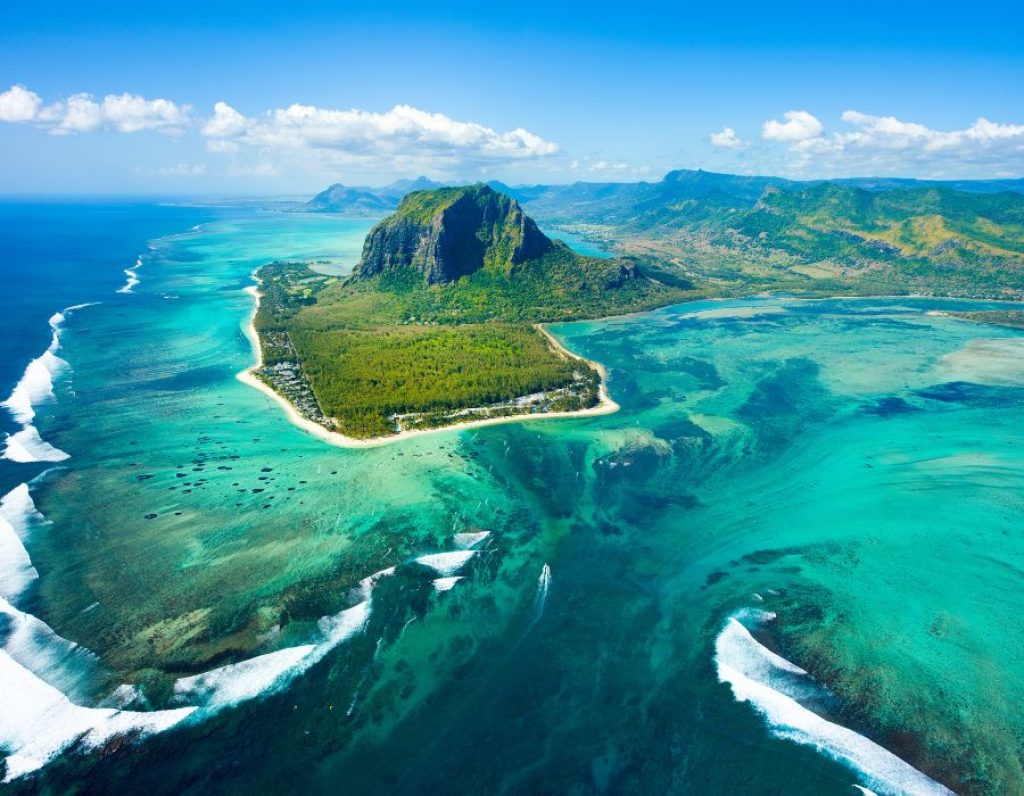
A. Nalaguraidhoo is one of the well-known islands of the Maldives, famous mainly for its magnificent beach. The island is created for lovers of water activities. The largest diving center in the Maldives is located here. Although the purest water, shimmering with amazing shades, will reveal the beauty of the underwater world even without a mask or scuba gear. The entire island is occupied by the five-star Sun Island Resort & SPA hotel; guests of the island are accommodated in bungalows near the seashore.
The nature on the island is indescribably beautiful: lush bushes, palm alleys and hanging vines. Among the popular entertainments for tourists, you can find very unusual activities: crab hunting or a romantic picnic on a nearby uninhabited island (it’s not for nothing that the Maldives are considered a favorite destination for newlyweds).
BEACHES OF LEMBONGAN ISLAND
Anyone who has ever seen an advertisement for a Bounty chocolate bar has an idea about the island of Lembongan. Yes, this is a paradise – endless beaches of snow-white sand, azure skies, turquoise water, palm trees, bliss and pleasure, as if spilt in the very atmosphere reigning here. This small tropical island of the Malay archipelago is located 20 kilometers south of Bali. There is an ancient legend explaining the origin of the island.
This happened at the turn of the 11th and 12th centuries at the place where the boat of an older man sank. He thought that the power and magic of the boat he built could destroy the ancient mountain near the island of Penida. The sunken boat formed a tiny Lembongan. Being located on the border of two oceans, the island found itself, in a biological sense, divided into two areas. The Oriental (Indo-Malayan) and Australian faunal regions are distinguished here.
In turn, this means that rare species of birds and animals are found on the island. Around it, there are picturesque coral reefs with many different fish. The population of the island is small, and there is no industry here, so not all the delights of civilization are available (for example, electricity is only available here in the evenings). But having been here, you can erase the destructive touch of city life and get closer to nature.
ARI ATOLL
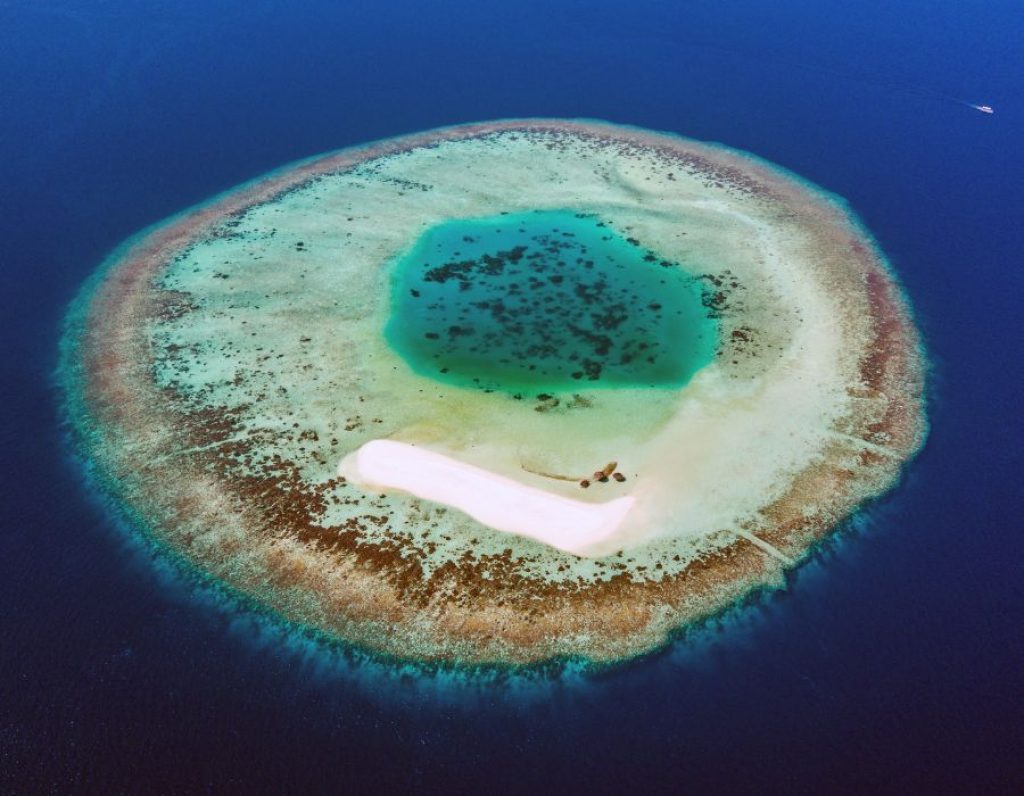
Ari Atoll is located southeast of South Male, approximately 65 km from the capital. The dimensions of the atoll are 96 km in length and 33 km in width. Of the 70 islands that make up the atoll, 26 are tourist areas, and indigenous people inhabit 18. On Ari, the local population makes a living by making sails, collecting and engraving corals, and hunting sharks and turtles. These are traditional activities.
In addition, coconut palms are grown on the atoll. On the island of Kuramati, which is part of the atoll, the famous traveler and explorer Thor Heyerdahl conducted archaeological excavations; this will certainly interest lovers of antiquity. There is also plenty of space for divers and surfers. On one of the islands, each hotel room comes with a personal dhoni, which can be used as a “water taxi” 24 hours a day.
CAYA LARGO ISLAND
There are no municipal beaches on the coast of Cayo Largo. All sandy areas and slopes to the sea belong to the hotels. But sunbathing under someone else’s umbrella, not your hotel, is not prohibited. Here, right on the beaches, there are restaurants and the most popular bars. For those tired of a leisurely beach holiday, each hotel offers several popular excursions: a boat trip on a boat and a catamaran, deep-sea fishing and diving, a trip to the islands of Trinidad and Cayo Rico, a visit to wild islands and deserted beaches, a trip to Iguan Island. The main souvenir from the island of Cayo Largo is seven-year-old Havana Club rum, as well as a dry and sweet variety of the local drink Guayabita del Pinar. The local coffee beans and Cohiba, Romeo y Julieta and Monte Cristo cigars are very good.








